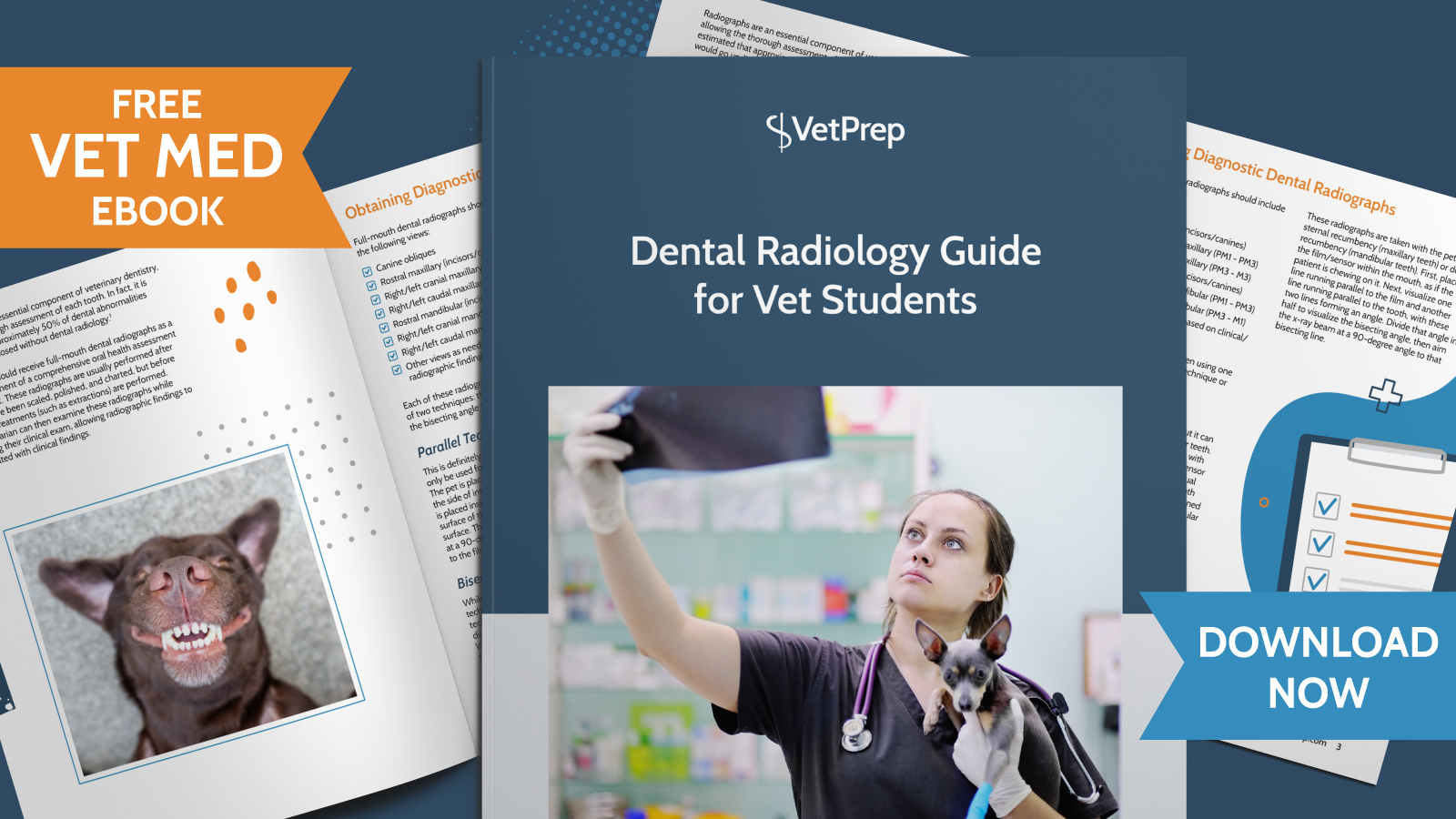
 If you talk to a group of veterinarians that has been in practice a while, you will likely hear a wide variety of opinions surrounding the use of antibiotics in veterinary dentistry. Some veterinarians rarely use systemic antibiotics, while some veterinarians use them in the majority of their dental procedures.
If you talk to a group of veterinarians that has been in practice a while, you will likely hear a wide variety of opinions surrounding the use of antibiotics in veterinary dentistry. Some veterinarians rarely use systemic antibiotics, while some veterinarians use them in the majority of their dental procedures.
As our understanding of veterinary dentistry has gradually expanded over time, trends in antibiotic usage have undergone a number of shifts.
When should you prescribe systemic antibiotics?
According to the American Veterinary Dental College (AVDC) position statement on The Use of Antibiotics in Veterinary Dentistry,1 there are a few situations in which antibiotics should be considered.
These situations include:
- Pets with diagnosed infection affecting the oral cavity or oral tissues
- To reduce bacteremia associated with a dental cleaning in a pet with underlying disease, such as immunocompromise, clinically-evident heart disease (especially subaortic stenosis), hepatic disease, or renal disease
At one point, some veterinarians recommended the use of systemic antibiotics with every routine dental cleaning, in order to address bacteremia that is known to occur with dental procedures. This recommendation is no longer supported by the AVDC or other organizations. First, most healthy animals should be able to clear this transient bacteremia without requiring antibiotic therapy. Second, the routine use of antibiotics is likely to contribute to antibiotic resistance. Antibiotics should only be prescribed in the case of dental infection or underlying disease that could predispose the pet to systemic infection.
Which systemic antibiotic should you prescribe?
The American Animal Hospital Association (AAHA) Dental Guidelines2 recommend that veterinarians choose one of the following antibiotics when treating dental disease:
- Clindamycin (5.5 mg/kg PO q12hrs)
- Amoxicillin-clavulanic acid (13.75 mg/kg PO q12hrs)
Both of these antibiotics are approved for use in the treatment of dental infections.
Treatment should be continued for a full 7-14 days, regardless of whether the treatment is initiated before or after a dental cleaning.
What about locally-applied antimicrobials?
Depending on the practice in which you find yourself working after vet school, you may have access to locally-applied antimicrobial products, such as Doxirobe®. According to the AAHA Dental Guidelines,2 these products should be utilized in pets with Stage 2-4 periodontal disease and periodontal pockets that are > 5 mm deep. When used in these patients, locally-applied antimicrobials can improve periodontal health and promote normal gum reattachment.3 These treatments can be a sole therapy in patients with Stage 2 or Stage 3 periodontal disease, while they must be combined with other therapies (such as periodontal scaling) in the case of Stage 4 disease.
Our Best Promotion of the Year is Running Now!Purchase a 180-day Standard or Premium VetPrep subscription and we’ll extend your access until December 31, 2021 for no additional cost! |
Stay Up to Date
It’s possible that trends and recommendations in the use of antibiotics in dentistry could change yet again, so it’s important to stay up to date on veterinary dentistry (and other topics in vet med). Read veterinary journals, join online veterinary discussion groups, and attend continuing education conferences in order to stay up to date. This will allow you to provide your patients with the most up-to-date medicine possible.
References
- AVDC Position Statements. American Veterinary Dental College. Retrieved from: https://avdc.org/about/
- Bellows J, Berg ML, Dennis S, et al. (2019). 2019 AAHA Dental Care Guidelines for Dogs and Cats. Retrieved from: https://www.aaha.org/globalassets/02-guidelines/dental/aaha_dental_guidelines.pdf
- Johnston TP, Mondal P, Pal D, et al. Canine periodontal disease control using a clindamycin hydrochloride gel. J Vet Dent 2011;28(4): 224–9




